Doctors are learning that one of the best ways to reduce inflammation lies not in the medicine cabinet, but in the refrigerator. By following an anti-inflammatory diet you can fight off inflammation for good.
Your immune system becomes activated when your body recognizes anything that is foreign—such as an invading microbe, plant pollen, or chemical. This often triggers a process called inflammation. Intermittent bouts of inflammation directed at truly threatening invaders protect your health.
However, sometimes inflammation persists, day in and day out, even when you are not threatened by a foreign invader. That’s when inflammation can become your enemy. Many major diseases that plague us — including cancer, heart disease, diabetes, arthritis, depression, and Alzheimer’s — have been linked to chronic inflammation.
Certain foods have anti-inflammatory properties due to their high content of antioxidants, polyphenols, omega-3 fatty acids, and other bioactive compounds. A consistent anti-inflammatory diet can reduce chronic inflammation and lower the risk of diseases like heart disease, arthritis, diabetes, and even cancer.
One of the most powerful tools to combat inflammation comes not from the pharmacy, but from the grocery store. “Many experimental studies have shown that components of foods or beverages may have anti-inflammatory effects,” says Dr. Frank Hu, professor of nutrition and epidemiology in the Department of Nutrition at the Harvard School of Public Health.
Here’s a detailed guide:
✅ Top Anti-Inflammatory Food Categories
🔹 1. Fatty Fish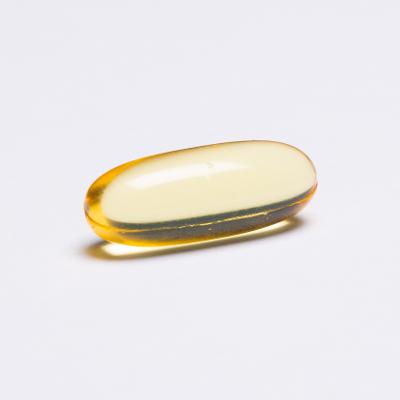
Rich in omega-3 fatty acids (EPA and DHA)
Examples:
- Salmon
- Sardines
- Mackerel
- Anchovies
- Herring
Why:
- Omega-3s reduce pro-inflammatory cytokines (like IL-6, TNF-α)
- Shown to benefit heart health, rheumatoid arthritis, and brain function
🔹 2. Colorful Fruits
High in antioxidants, polyphenols, flavonoids, and vitamins. From strawberries and blackberries to cranberries and blueberries, these gemlike fruits are particularly potent in antioxidant and anti-inflammatory activity. Along with fiber and vitamin C, berries possess plant pigment phytochemicals, such as anthocyanins and ellagic acid, which may be behind their health benefits. Studies have linked increased berry consumption with lower risks of heart disease, Alzheimer’s disease, and diabetes.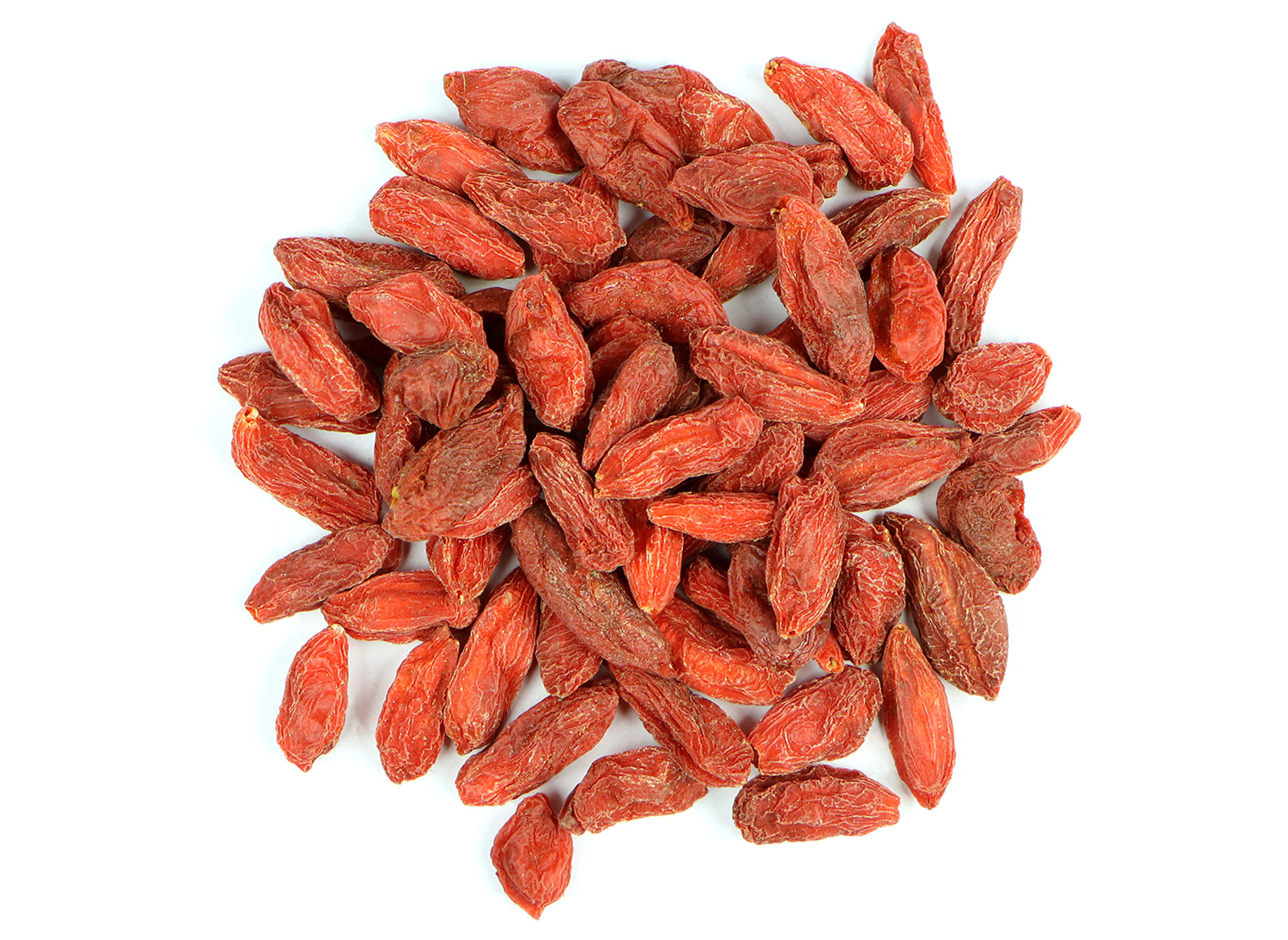
Apples. Maybe it’s true what they say about an apple a day. A study of nearly 35,000 women, found that consumption of this fruit — along with its relative, pears — was linked with a lower risk of death from heart disease. The star components of apples — fiber, vitamin C, pectin, and polyphenols — have been associated, primarily in animal studies, with anti-inflammatory effects and an increase in beneficial microbes in the gut.
Stone fruits. Cherries, peaches, apricots, and plums are all examples of stone fruits. These fruits contain fiber, vitamin C, potassium, and a variety of phytochemicals associated with their colors. For example, cherries have garnered the lion’s share of the research among stone fruits. Some studies suggest that cherries can reduce pain and soreness after exercise as well as a reduced risk of gout attacks. The high levels of phenolic compounds in cherries, which have been linked to reduced inflammation, may be behind those benefits.
Citrus. Oranges, grapefruit, lemons, and limes are famously rich in vitamin C. They also contain fiber, potassium, calcium, B vitamins, copper, and anti-inflammatory phytochemicals such as flavonoids and carotenoids. Though there is little human research on citrus, the nutrients found in citrus fruits have been associated with heart-protective effects.
Pomegranates. Those tiny pomegranate seeds contain big rewards of vitamins C and K, potassium, fiber, and potent phytochemicals such as anthocyanin and resveratrol. These nutrients may be behind the potential benefits of eating pomegranates.
Grapes. These succulent fruits are bursting with fiber, vitamins C and K, and powerful phytochemicals.
Examples:
- Berries: Blueberries, raspberries, strawberries, blackberries
- Citrus: Oranges, grapefruits
- Cherries: Especially tart cherries
- Grapes: Contain resveratrol
- Apples and Pomegranate: Rich in quercetin and ellagitannins
Why:
- Neutralize free radicals
- Modulate inflammatory signaling pathways (like NF-κB)
🔹 3. Leafy Greens and Cruciferous Vegetables
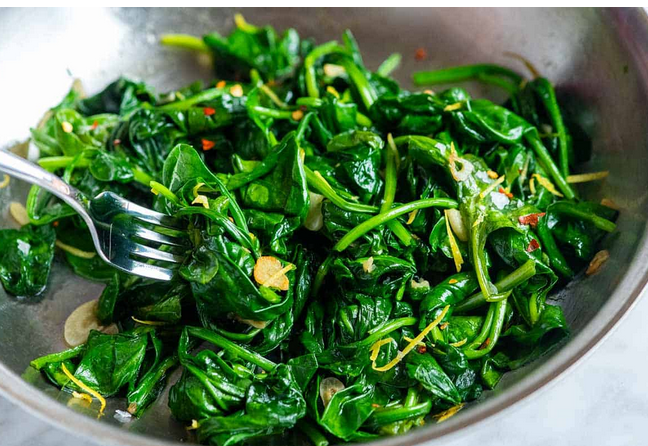
Rich in fiber, carotenoids, vitamins (A, C, K), and sulfur compounds
Examples:
- Spinach
- Kale
- Swiss chard
- Arugula
- Broccoli
- Brussels sprouts
- Cabbage
Why:
- Boost antioxidant defenses (e.g., glutathione)
- Support detoxification and reduce oxidative stress
🔹 4. Whole Grains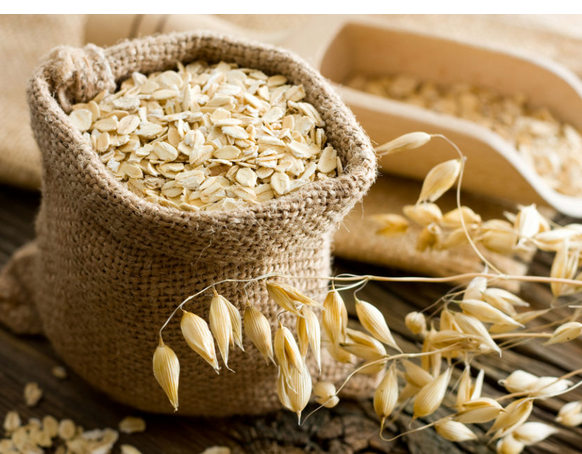
Contain fiber, vitamins, and lignans (a type of polyphenol)
Examples:
- Oats
- Brown rice
- Quinoa
- Barley
- Buckwheat
Why:
- Fiber feeds gut microbiota, producing short-chain fatty acids that reduce inflammation
Avoid refined grains (e.g., white bread, white rice), which can promote inflammation.
🔹 5. Healthy Fats (Unsaturated)
Especially monounsaturated and polyunsaturated fats
Examples:
- Olive oil (extra virgin): High in oleocanthal (anti-inflammatory compound)
- Avocados
- Nuts: Almonds, walnuts, pistachios
- Seeds: Flaxseeds, chia seeds, hemp seeds
Why:
- Provide omega-3s and antioxidants
- Regulate inflammatory pathways
🔹 6. Spices and Herbs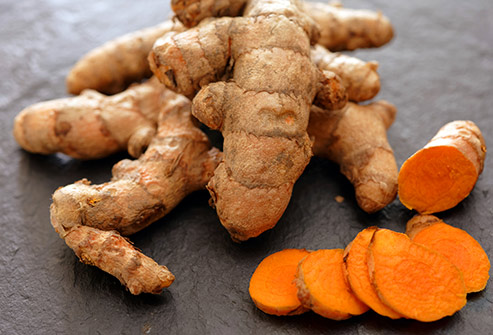
Contain bioactive anti-inflammatory compounds
Examples:
- Turmeric (curcumin)
- Ginger
- Garlic
- Cinnamon
- Cloves
- Oregano, thyme, rosemary
Why:
- Inhibit inflammatory enzymes (COX, LOX)
- Block pro-inflammatory cytokines
🔹 7. Legumes
Packed with fiber, plant protein, and polyphenols
Examples:
- Lentils
- Chickpeas
- Black beans
- Kidney beans
Why:
- Help regulate blood sugar
- Reduce inflammatory markers like CRP (C-reactive protein)
🔹 8. Fermented Foods
Support gut health, reduce gut permeability, and modulate immune response
Examples:
- Yogurt (with live cultures)
- Kefir
- Sauerkraut
- Kimchi
- Miso
- Tempeh
Why:
- Rich in probiotics
- Promote a healthy microbiome (linked to lower inflammation)
🔹 9. Green and Herbal Teas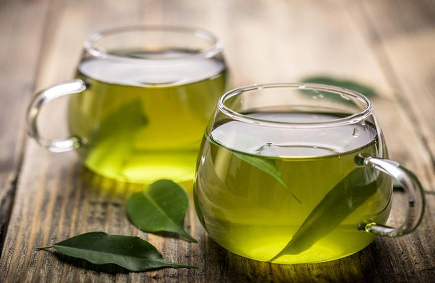
Contain polyphenols, especially epigallocatechin gallate (EGCG)
Examples:
- Green tea
- Matcha
- Ginger tea
- Turmeric tea
Why:
- Reduce oxidative stress
- Inhibit inflammatory pathways
Foods That Promote Inflammation (Avoid/Limit)
| Category | Examples |
|---|---|
| Refined carbs | White bread, pastries, sugary cereals |
| Added sugars | Sodas, candy, sweetened beverages |
| Processed meats | Bacon, hot dogs, sausage |
| Trans fats | Hydrogenated oils, margarine |
| Excessive red meat | Especially when grilled/fried |
| Deep-fried foods | Fries, chips, fast food |
| Excess alcohol | Especially hard liquor or binge drinking |
| Artificial additives | Preservatives, flavor enhancers (MSG) |
🧠 Sample Anti-Inflammatory Daily Menu
Breakfast:
- Oatmeal with chia seeds, blueberries, and almonds
- Green tea
Lunch:
- Grilled salmon on a spinach and kale salad with olive oil vinaigrette
- Lentil soup
Snack:
- Handful of walnuts
- Tart cherry juice or kefir
Dinner:
- Quinoa with roasted broccoli and turmeric chicken
- Side of sautéed garlic and greens
